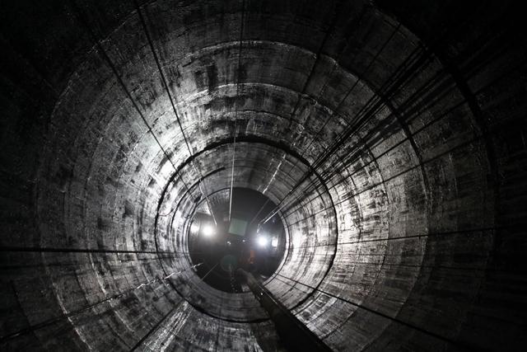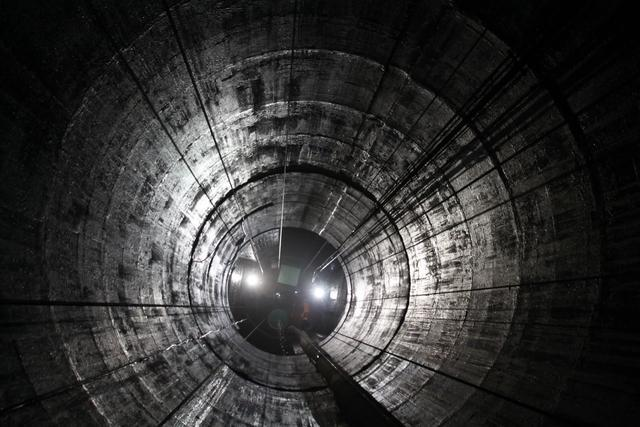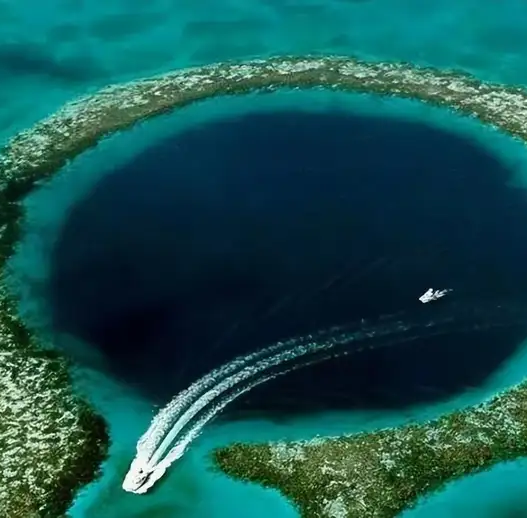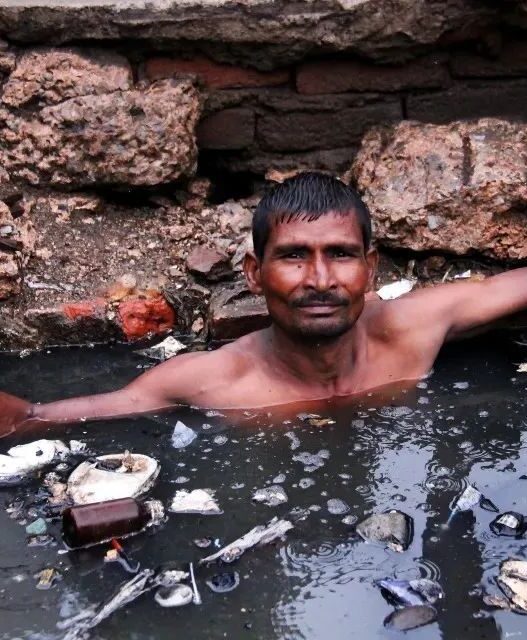It’s not that they didn’t want to dig; they were afraid to continue!
Rumors spread that when the drilling reached 12,262 meters, some very “strange” things happened, things that the scientists on site could not explain. It was rumored that they had drilled into the terrifying “Gate of Hell.” Subsequently, the entrance was sealed with a 12-ton steel door, and no vehicles, pedestrians, or aircraft were allowed within a 20-kilometer radius. Is this true or false?
This is the famous “Kola Superdeep Borehole.”
The Plan Begins:
Let’s go back to 1956, during the Cold War between the Soviet Union and the United States. Although there was no direct conflict, both superpowers were competing to outdo each other in various fields, including “reaching the heavens and penetrating the earth.”
In 1956, the United States launched the “Project Mohole,” aimed at drilling through the Earth’s crust to reach the Mohorovičić discontinuity (the boundary between the Earth’s crust and mantle, which varies in depth from about 20-70 kilometers on continents to 7-8 kilometers in oceans, with the shallowest point at approximately 1 km). The plan was to collect rock samples from this boundary, using the Glomar Challenger drilling ship near Guadalupe Island for a cost of $300 million.
The initial experimental drilling was successful, retrieving rock samples from 183 meters into the oceanic crust. However, it soon became apparent that drilling was much more challenging than expected.
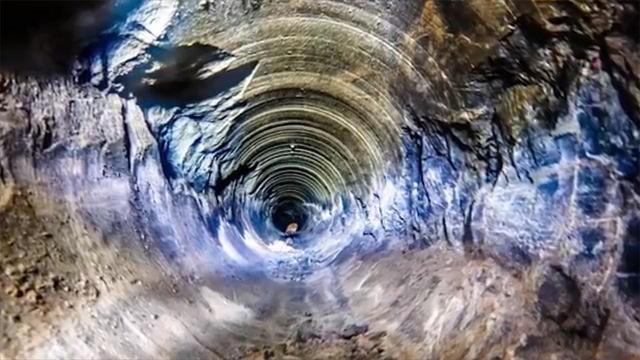
A geologist at the time used an analogy, comparing the difficulty to standing on a tall building and trying to drill into the asphalt road below with a long, thin noodle. It was clear that the resources required would far exceed $300 million. Due to these challenges, the Mohole Project was abandoned in 1966.
Seeing the United States’ difficulties, the Soviet Union launched a vigorous offensive on this project. Thus began their grand plan, codenamed the “Earth Telescope Project.” The Soviet Union’s slogan was: “Dig through the Earth!”
In 1970, the Soviet Union gathered thousands of researchers secretly on the Kola Peninsula. Each researcher was paid the equivalent of a university professor’s annual salary per month, with housing provided, demonstrating the Soviet Union’s determination to surpass the United States, investing heavily in this project.
How to Dig?
Based on previous experience, all that was needed was a rotary drilling rig, a very sturdy drill rod, and an extremely hard drill bit. These three components would be assembled to drill into the Earth. Considering the depth they aimed to reach, each part needed to be reinforced, but not with the high-tech required for space exploration. The Soviet Union believed that if they couldn’t beat the Americans in space (which was fiercely contested at the time), they would certainly outdo them in digging into the Earth.
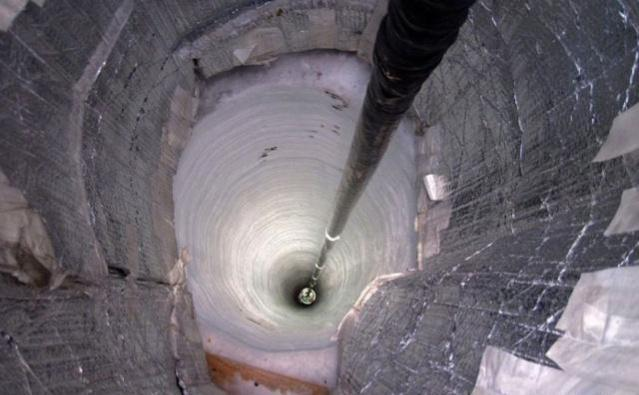
Everything was ready, and the drilling began!
In the initial stages, everything went smoothly. With experience from oil drilling, a few thousand meters were nothing. However, as the drilling depth increased, so did the difficulties. But this did not deter the scientists on site, who were supported by 16 laboratories working simultaneously at the peak of the project, directly supervised by the Soviet Ministry of Geology.
Up to 7,000 meters, the drilling process was relatively stable, having passed through the hard granite layer. Then, they entered a less solid layer of stratified rock, which had irregular cavities. The drill string got stuck, and the drill bit fell during retrieval. They had to cement the lost section and drill off to the side.
Such incidents happened more than once, prolonging the drilling for several years. By June 1979, the drilling depth exceeded 9,583 meters, breaking the record set by the Bertha Rogers superdeep well in Oklahoma, USA.
In 1983, when the drilling depth reached 12,066 meters, the project was temporarily halted to prepare for the International Geological Congress in Moscow in 1984.
On September 27, 1984, drilling resumed, but an accident occurred on the first attempt to lower the drill string — it broke, leaving 5 kilometers of drill string stuck and irretrievable. They had to start drilling again from 7,000 meters.
By 1989, the drilling depth reached 12 kilometers. Scientists anticipated reaching 13.5 kilometers the following year and then 15 kilometers two years later.
However, in 1992, when the drilling depth reached 12,262 meters, the “Earth Telescope” project abruptly stopped, and the deepest point remained at 12,262 meters.
Overnight, all scientists and engineers were withdrawn. The borehole was sealed with a 12-ton steel cap, and the equipment was left behind. Those who participated in the project returned home in silence, refusing to discuss the matter.
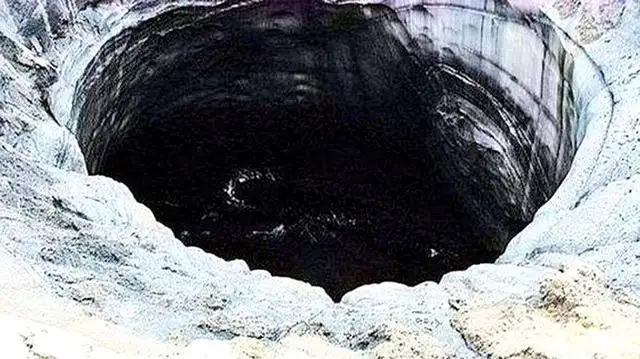
Why Did They Stop?
1. The Most Common Explanation: They encountered inexplicable supernatural phenomena. At 12,000 meters, they found a large cave — a cliff-like cave. Despite multiple attempts, the researchers could not explore the cave’s interior. They lowered a heat-resistant recording device, which captured very strange sounds, like human screams. Those present claimed the sounds resembled the cries of sinners in hell, as if countless people were suffering greatly.
They believed they had drilled through the Earth’s surface into the “Gate of Hell.” The official and scientific personnel dared not continue, and the matter was classified as highly confidential.
2. The Kola Borehole’s Aftermath: After the complete halt in 1992, the borehole was sealed with a 12-ton steel door, and a 20-kilometer radius around the site was prohibited for any vehicles, pedestrians, or aircraft.
In 2002, a joint geological and biological expedition from Russia, the United States, the European Space Agency, Japan, and Canada revisited the Kola drilling site. They were astonished to find the 12-ton steel door open, severely damaged, bulging outward, with cracks on the outside. The area around the borehole was covered in mysterious markings, and blue-green smoke was emanating from the hole, accompanied by irregular sounds.
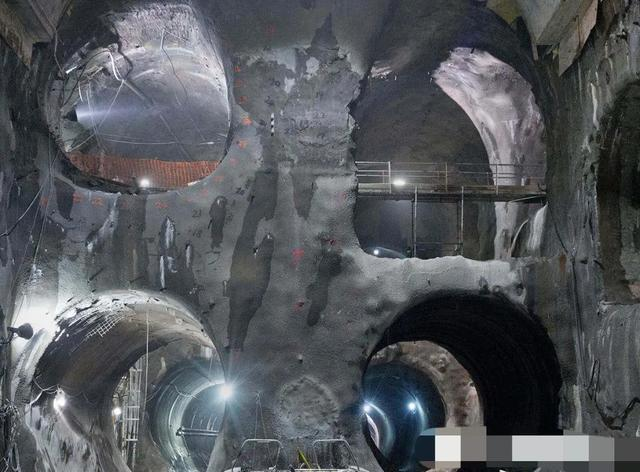
Using geological detectors, they performed a laser scan of the borehole entrance, discovering that the Kola Far East had deepened by 7,863 meters since the last drilling in 1992. Ultrasonic probes detected cries, screams, and massive explosions from within the borehole.
After clearing the smoke with smoke screens, five experts and five guards entered the underground, reaching the first platform at a depth of 500 meters. There, they encountered a strange, glowing wave and hollow echoes. Two workers and three guards fainted within five minutes of entering and had to be rushed back to the surface. Blue flames erupted from the depths, killing two people instantly and injuring one severely. Seventeen people managed to escape, and the incident was immediately covered up. The experts were sent to Moscow for treatment, and the deceased guards and experts were secretly buried. Russia then resealed the Kola Borehole with reinforced concrete and steel, designating a 50-kilometer radius as a military exclusion zone and no-fly zone. This account comes from “The Kola Borehole Expedition Record” by Oleg Derevko Andrey.
However, these explanations are too fantastical and are considered folklore.
The real reason for stopping was technical limitations: With every 100 meters drilled into the Earth’s crust, the temperature increases by about 3 degrees Celsius. At a depth of 10,000 meters, the temperature could reach over 300 degrees Celsius. Drill bits wear out quickly in such high temperatures, and even with advanced, heat-resistant drill bits, the intense heat and friction from drilling render them as fragile as paper.
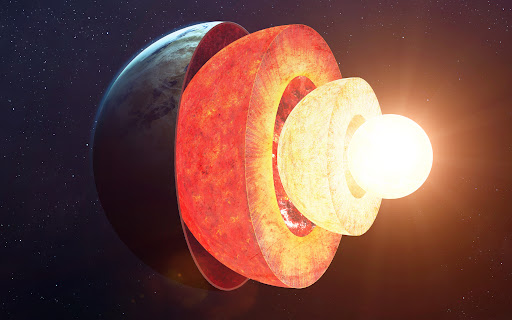
Continuing to drill would require constant replacement of drill bits, each costing tens of thousands of dollars, making the project extremely expensive. Additionally, the process of lifting the long drill rods, replacing the drill bit, and lowering it back into the hole was time-consuming, with each round trip taking 7-8 hours. Workers were essentially engaged in repetitive, labor-intensive tasks with little value.
Ultimately, due to financial constraints, the project was deemed not worth continuing, and thus, the grand project was brought to an end.
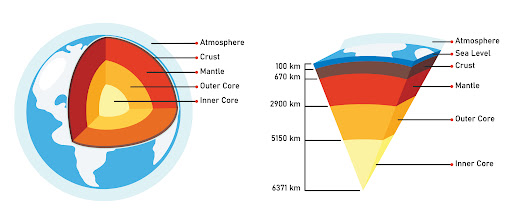
Some say that the rumors about drilling into the “Gate of Hell” and recording the “sounds of hell” were intentionally spread by the Soviet Union as an excuse to halt the project, which had become too costly and technically challenging. This was done to mask their embarrassment and shift public attention.







